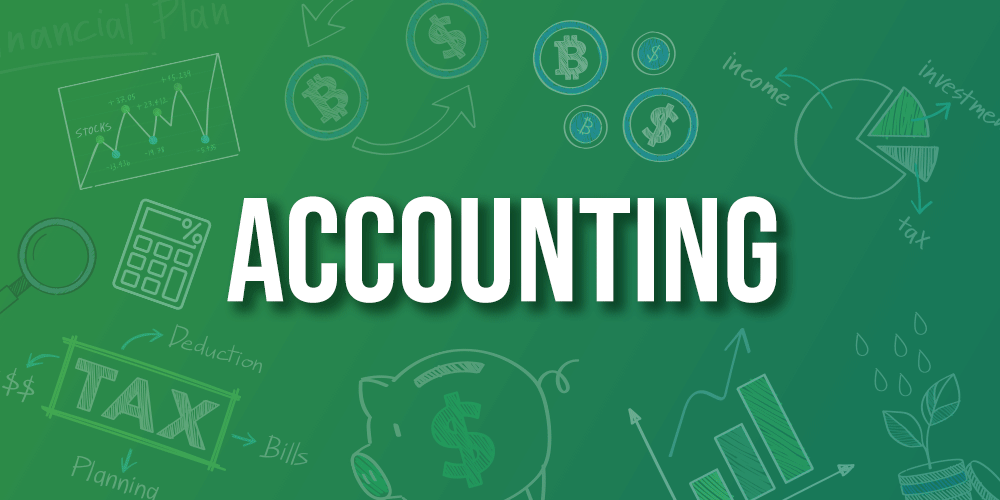Balance Sheet for the Registered Nurses
Here are the steps on how to draft a balance sheet for Registered Nurses (RNs):
1. Gather your financial information:
It includes information about your assets, liabilities, and equity. You can get this information from your accounting records, such as your bank statements, ledgers, and invoices.
2. Categorize your assets and liabilities:
Assets are resources that a business owns, such as cash, accounts receivable, inventory, and property and equipment.
Liabilities are debts that a business owes, such as accounts payable, notes payable, and long-term debt.
3. Enter your assets and liabilities on the balance sheet:
The Assets are listed on the left side of the balance sheet, and The liabilities are listed on the right side.
The equity section of the balance sheet represents the owner’s investment in the business. It is calculated as the difference between the assets and liabilities.
4. Calculate your total assets and total liabilities:
Total assets should equal the total liabilities plus the total equity.
5. Review your balance sheet for accuracy:
Make sure that all of your information is correct and that the totals are accurate.
Here are some of the specific things that you need to include in your balance sheet:
1. Assets: Cash, accounts receivable, inventory, property and equipment, intangible assets, and other assets.
2. Liabilities: Accounts payable, notes payable, long-term debt, and other liabilities.
3. Equity: Owner’s capital, retained earnings, and other equity.
You can use a spreadsheet or a specialized accounting software to draft your balance sheet. There are also many templates available online that you can use.
Once you have drafted your balance sheet, you should review it carefully to make sure that it is accurate. You should also review it regularly to track your financial performance over time.
Here are some of the common mistakes to avoid when drafting a balance sheet:
1. Including inaccurate or incomplete information: Make sure that all of the information that you include in your balance sheet is accurate and complete.
2. Using the wrong accounting methods: Use the correct accounting methods to record your financial transactions. This will help to ensure that your balance sheet is accurate and compliant with the law.
3. Not following the correct format: There is a standard format for balance sheets. Make sure that you follow this format to ensure that your balance sheet is easy to read and understand.
4. Not reviewing your balance sheet regularly: Review your balance sheet regularly to make sure that it is accurate. It will help you to identify any errors or omissions.
To visit: https://www.mca.gov.in/
For further details access our website: https://vibrantfinserv.com

